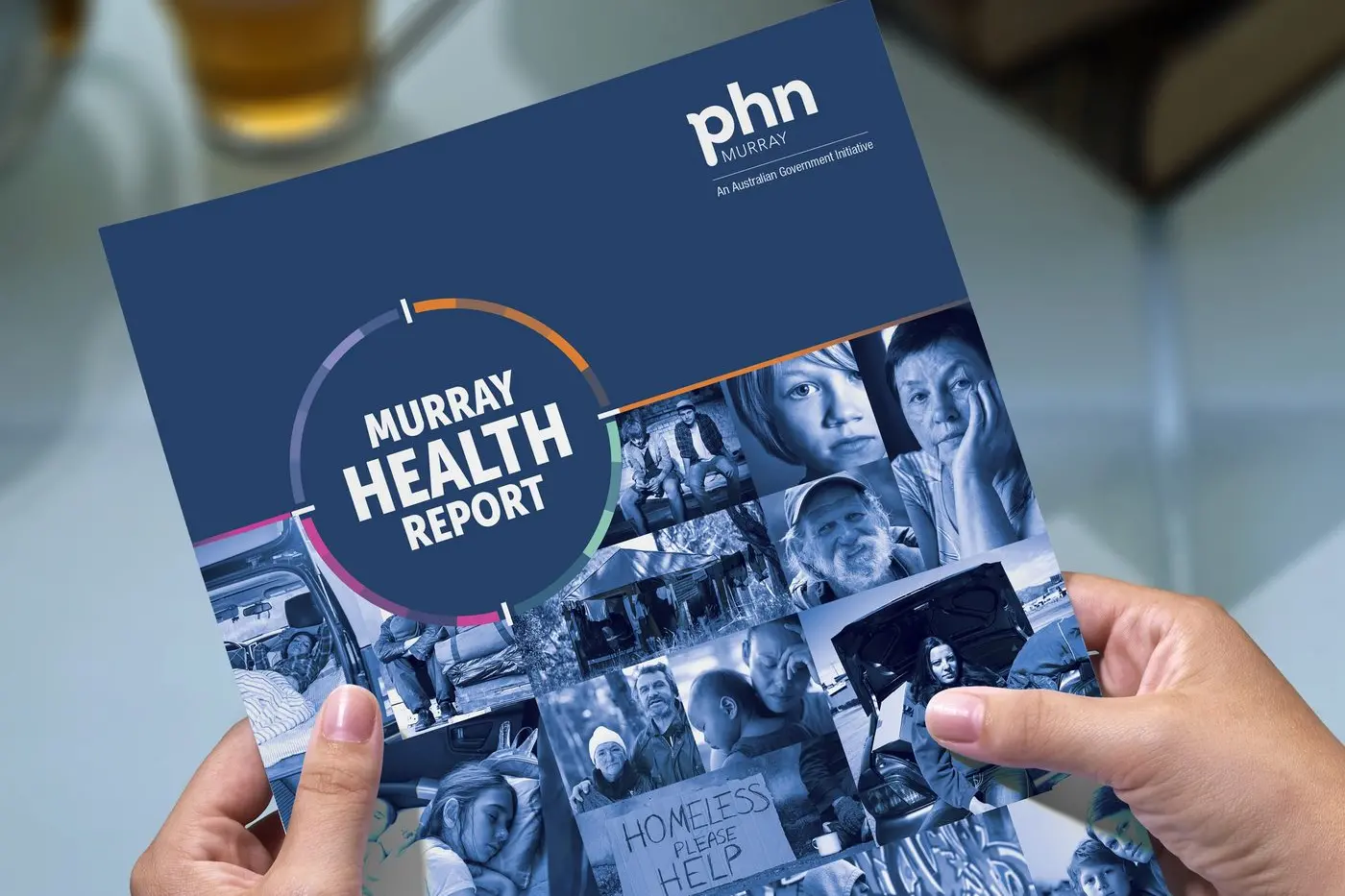PHOTO
Housing supply, availability and affordability are all major issues in our society in 2025, and we are seeing the flow-on effects to people who are experiencing this, particularly in relation to their primary health needs.
As housing insecurity can affect people from all walks of life, Murray PHN recently published an in-depth health needs assessment on homelessness, highlighting the strengths and gaps in the capacity of primary healthcare to meet the health needs of this population and to identify opportunities to improve access to services.
This edited report “Housing Instability and Health” provides Murray PHN community members with some of the key insights into the ever-present threat of housing insecurity in our communities.
Population health data on the location, demographics, and health needs of people experiencing or at risk of homelessness were identified and examined, together with analysis of significant stakeholder consultations that included health service providers, housing and homelessness service providers, Murray PHN clinical and community advisory councils, medical advisors and subject matter experts.
Murray PHN CEO Matt Jones said addressing homelessness and the needs of homeless people is a key priority for Primary Health Networks around Australia.
“People who are experiencing homelessness or unstable housing situations often find it difficult to break a poor health cycle. For example, poor health can undermine housing stability or lead to homelessness through loss of income or increased care needs," Mr Jones said.
"At the same time, unstable or inadequate housing can worsen health due to stress, unsafe living conditions and lack of access to the health services that they need.
“While state and federal governments are working to increase housing stock across the country, it falls to agencies in our communities to help people struggling with the extended impacts of homelessness, he said. “And the evidence is clear – longer term homelessness can significantly shorten a person’s life.”
“A stable roof over your family’s head is not a luxury – it is one of the basic building blocks of life, and should not be too much to expect as a member of a first world society.
“Those of us who enjoy the comfort and security of stable housing don’t always recognise that people just like us can end up homeless through no fault of their own.”
Some facts about homelessness:
The fastest growing group of people experiencing homelessness is in people over 65.
Homelessness goes hand-in-hand with health issues.
People aged 10 -25 have the highest proportion of homelessness of any age group.
Homelessness is not a problem confined to cities.
Life expectancy for people experiencing homelessness is greatly reduced, with people dying as much as 40 years younger than other Australians.
To read the report, go to: https://tinyurl.com/2025MurrayHealthReport.

